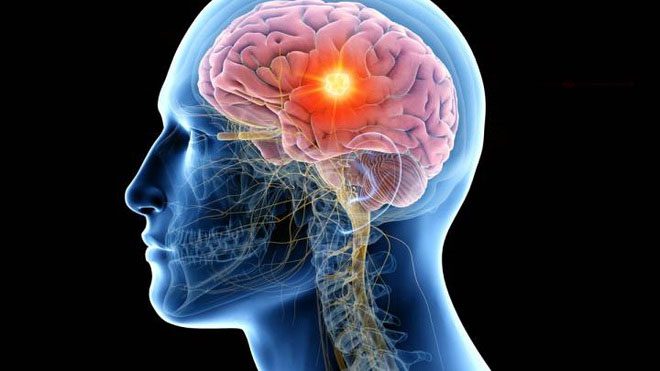What if humans could actually regenerate body parts? This question may sound quite far-fetched, but it is something researchers are striving to uncover.
Researchers, led by Dr. James Godwin from the MDI Biological Laboratory in the United States, have recently published a new paper in the journal Developmental Dynamics, focusing on the differences between mammals and a very special species of salamander known as the axolotl.
The axolotl is critically endangered in the wild but still exists in captivity. They are remarkable creatures with a unique ability to regenerate a variety of body parts.

Humans have untapped regenerative potential.
Some salamanders, as well as certain lizards and other amphibians, can regenerate something akin to a tail, but the axolotl has taken this ability to the extreme. The axolotl can regenerate its tail, legs, and skin, but it can also develop lungs, ovaries, spinal cords, and even new brains or hearts if necessary.
While investigating what happens to wounds at the molecular level in both axolotls and mice—mammals that do not possess such robust regenerative abilities—scientists discovered something very intriguing.
They found that immune cells that activate the wound healing response, known as macrophages, are a crucial link in harnessing the ability to regrow body parts in animals. More specifically, Dr. Godwin demonstrated that when an axolotl has too few of these immune cells to respond to an injury, the missing body part cannot regrow and instead results in a scar.
In mice as well as in humans, macrophages tend to promote scarring rather than regeneration, but this could potentially be changed.
“Our research shows that humans have untapped regenerative potential. If we can address the issue of scar formation, we may unlock our latent regenerative capabilities. Axolotls do not scar, which allows the regeneration process to occur. But once a scar has formed, it effectively ends regeneration. If we can prevent scarring in humans, we could significantly improve the quality of life for many people,” Godwin stated.
Diving deeper into the immune response, the researchers discovered that signals from a specific type of protein seem to be responsible for the macrophages’ distinctive response. The team found that the responses in axolotl tissue and mouse tissue were surprisingly different. This suggests that if we could indeed modify that signal, we might trigger regeneration in mouse tissue and ultimately in humans.
Godwin further explained: “We are getting closer to understanding how axolotl macrophages assist in regeneration, which brings us nearer to the possibility of creating a leverage for regeneration in humans. For example, I envision using a hydrogel applied to the wound site infused with a substance that can alter the behavior of macrophages to resemble those of axolotls.”



















































